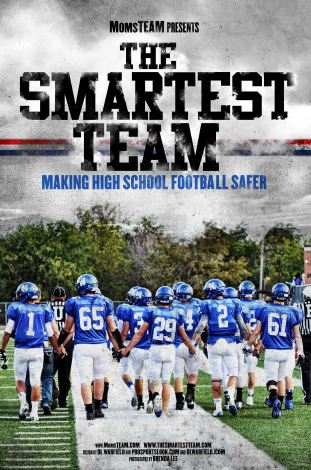Head injuries in football, as in other contact and collision sports, cannot be completely eliminated, but there ARE steps that can be taken to minimize risk.

MomsTEAM's high school football concussion documentary, The Smartest Team,TM focuses on what I call The Six PillarsTM of concussion risk management, all of which, it should be emphasized, are backed by peer-reviewed evidence and/or the consensus of experts:
Pillar One: Comprehensive concussion education
When MomsTEAM, with the help of one of the country's pre-eminent concussion experts, Dr. Robert Cantu, launched its comprehensive concussion safety center in 2001 - becoming, in Dr. Cantu's words, the "pioneer" in youth sports concussion education - the subject was years away from gaining the attention of the national media.
Today, virtually every expert in the field puts concussion education at the top of the list of ways in which football - and all contact and collision sports - can be made safer.
A comprehensive concussion risk management program begins with education. All stakeholders in football - athletes, referees, administrators, parents, coaches, and health care providers - should be educated about:
- ways to reduce the risk of concussion and brain/neck/spine injury (Pillar Two)
- the critical importance of early identification of concussion after one occurs, including the need to create an environment which encourages athletes to report their concussion symptoms and those of their teammates, the need for an athletic trainer or other medical professional on the sideline to conduct an immediate concussion assessment (Pillar Three)
- conservative treatment and management (physical and cognitive rest) and return to learn (Pillar Four)
- principles of cautious return to play, including completion of a symptom-limited exercise protocol (Pillar Five ); and
- factors suggesting that retirement from football and other contact and collision sports is advisable (Pillar Six)








